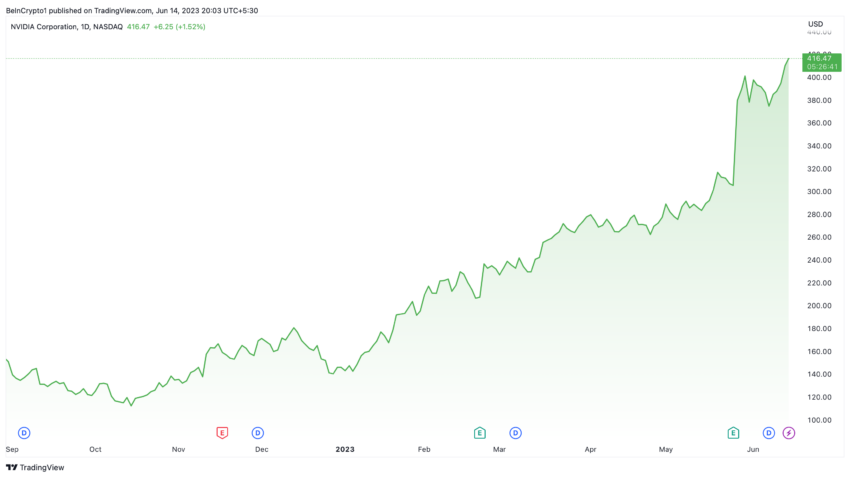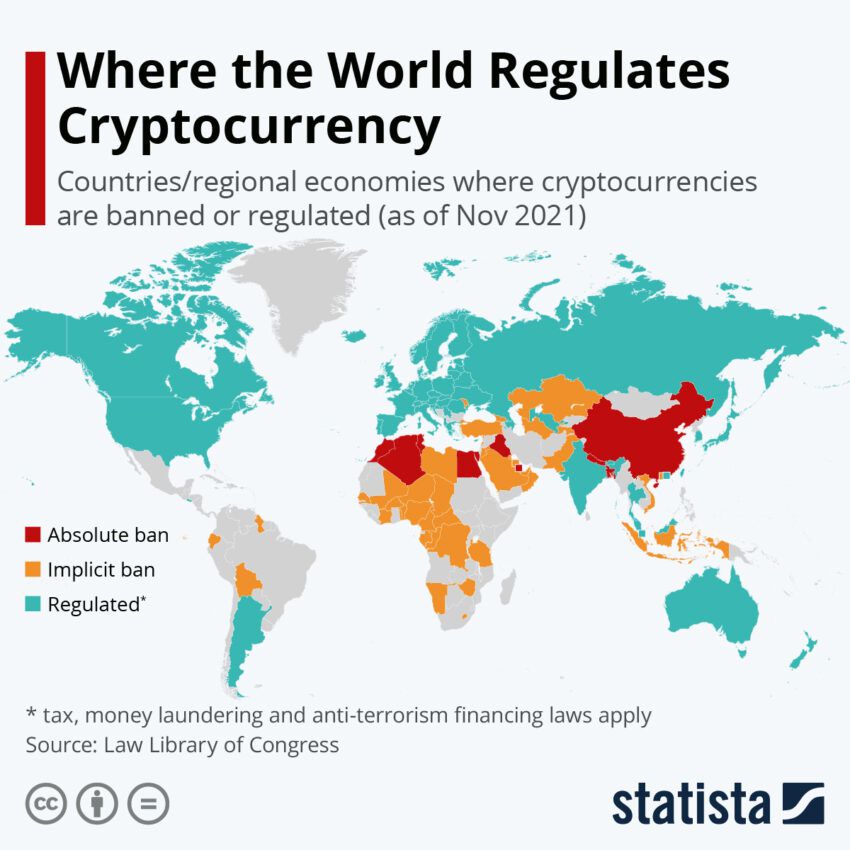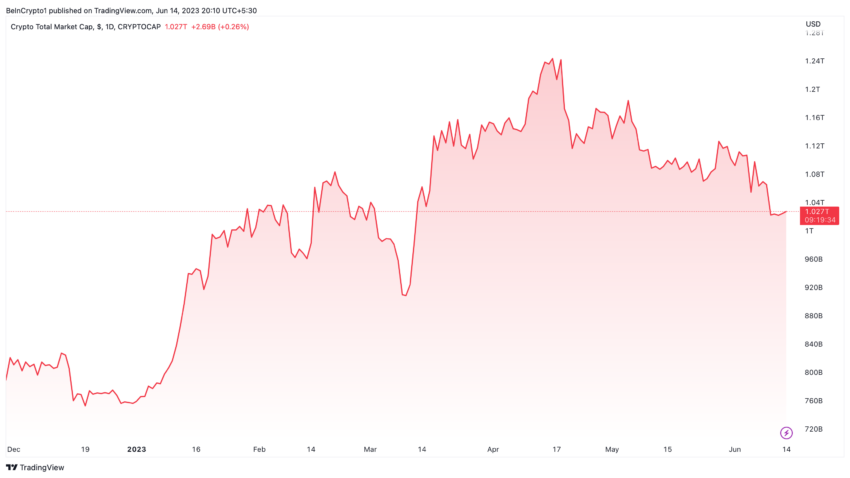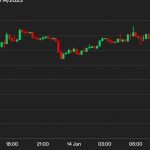The tech industry is undergoing a seismic shift with the emergence of artificial intelligence (AI) as a major player. Billionaire bosses Stanley Druckenmiller, Dawn Fitzpatrick and Ray Dalio have voiced their bullish views on the future of artificial intelligence. In contrast, these investors are significantly bearish on cryptocurrencies. The rationale behind the polarized perspectives of these investors illuminates intriguing trends in the financial markets.
Artificial intelligence is bigger than the internet revolution!
Stanley Druckenmiller, CEO of the Duquesne Family Office, is at the forefront of artificial intelligence optimism. Druckenmiller provides a compelling example of the transformative power of AI. In this respect, he likens its potential impact to the internet revolution. Nvidia, one of the pioneers of the artificial intelligence industry, has been an important recipient of Druckenmiller’s support. Often referred to as “the pick and shovel leader in the AI gold rush,” Nvidia’s value has skyrocketed. Thus, it reached the nearly trillion-dollar market cap threshold.
 Nvidia Stock Price / Source: TradingView
Nvidia Stock Price / Source: TradingViewDruckenmiller remains adamant, despite some industry voices including ARK Invest CEO Cathie Wood and finance professor Asmath Damodaran voicing overvaluation concerns. In this context, Wood says:
In our opinion, for every dollar of hardware Nvidia sells, software providers, SaaS (software-as-a-service) providers will generate $8 in revenue. So we’re actually looking at software providers right now where Nvidia was when we first bought it.
Still, Druckenmiller plans to hold Nvidia shares for at least two or three years. Accordingly, it underlines its long-term reliance on artificial intelligence. He believes AI-related firms like Nvidia with solid, sustainable earnings can survive such setbacks despite anticipation of an impending recession. Druckenmiller’s belief in the durability of these AI powerhouses reinforces his bullish stance in the AI industry. Druckenmiller says, “Don’t get emotional, don’t go crazy… If this is a secular movement, if this thing is real, you don’t just do 10-month moves. This is not how things work,” he says.
At the beginning of the artificial intelligence “Megacycle”
This upward trend in AI also reflects the views of other billionaire investors. Dawn Fitzpatrick, Chief Investment Officer of Soros Fund Management, also acknowledges the game-changing abilities of artificial intelligence. Fitzpatrick says application-oriented cloud companies and high-performance chip manufacturers will benefit greatly from the AI explosion. Also, Fitzpatrick warns against following every AI expectation. She states that it is necessary to take a cautious approach to segments that are excessively exaggerated. “The main beneficiaries are applications… your cloud and high-performance chip companies,” Fitzpatrick said. These stocks are currently showing tremendous compound growth. If we were you, we wouldn’t go after it. Still, the capabilities will increase exponentially,” she says.
Ray Dalio, founder of Bridgewater Associates, bridges these perspectives. He acknowledges that in the highly competitive AI environment, it’s still difficult to discern the ultimate winners.
When it comes to AI, Bridgewater Associates Founder @RayDalio tells @SaraEisen it can be both a "fabulous and dangerous" technology. pic.twitter.com/sYFNG7EGz8
— Squawk on the Street (@SquawkStreet) June 12, 2023
Still, Dalio’s view of the industry is unquestionably positive, despite the risk of extinction by AI, voiced by the Center for Artificial Intelligence Security. Based on this, Dalio makes the following assessment:
Artificial intelligence is an incredible technology that will create tremendous powers. Either we’re in an environment where it can deliver a tremendous amount of productivity, raise our standards of living, and actually make things so much better. Or it can be used in various ways to harm each other.
Cryptocurrencies have no inherent value!
Meanwhile, Dalio, like other billionaires, displays serious skepticism about cryptocurrencies. This caution is primarily driven by perceived financial instability, particularly among small lenders and regional banks, due to the Federal Reserve’s aggressive monetary tightening. As depositors increasingly seek refuge in larger, “too big to fail” institutions, Dalio warns of rising risks in the crypto space. In addition, billionaire investors like Druckenmiller criticize the inherent value proposition of cryptocurrencies.

Druckenmiller states that he sees no inherent value in cryptos, especially when compared to something tangible like artificial intelligence technology, which has clear applications and can drive efficiency and profitability across multiple industries. In this context, “They haven’t been able to separate the straw from the straw yet. However, unlike crypto, artificial intelligence is real. Plus, it can be as transformative as the internet,” he says.
Cryptocurrencies surrounding risk factors
cryptocoin.com As you follow, one of the most important reasons for this is the issue of regulatory uncertainty. In many countries, the regulatory environment surrounding cryptocurrencies remains undefined or is rapidly evolving. This legal uncertainty creates a significant investment risk. Governments can ban or limit cryptocurrencies, as seen in China’s crackdown on Bitcoin mining and India’s proposed regulations regarding crypto. Such measures are likely to result in dramatic price fluctuations and potential losses for investors.
 Crypto regulation worldwide / Source: Statista
Crypto regulation worldwide / Source: StatistaSecond, the extreme volatility of cryptocurrencies is a concern. The value of cryptocurrencies can fluctuate wildly for short periods of time, a level of volatility rarely seen in other asset classes. While this can potentially yield high returns, it also poses significant risks. High volatility, sometimes combined with a lack of liquidity, creates a challenging environment for even experienced traders.
 Total crypto market cap / Source: TradingView
Total crypto market cap / Source: TradingViewFinally, there is a matter of maturity and acceptance. It is a fact that cryptocurrencies attract great public attention. However, it is not widely accepted as a medium of exchange. Businesses only accept a small fraction of cryptocurrencies. Also, their use in day-to-day operations is rather limited. This factor affects the long-term viability and growth potential of cryptocurrencies.







